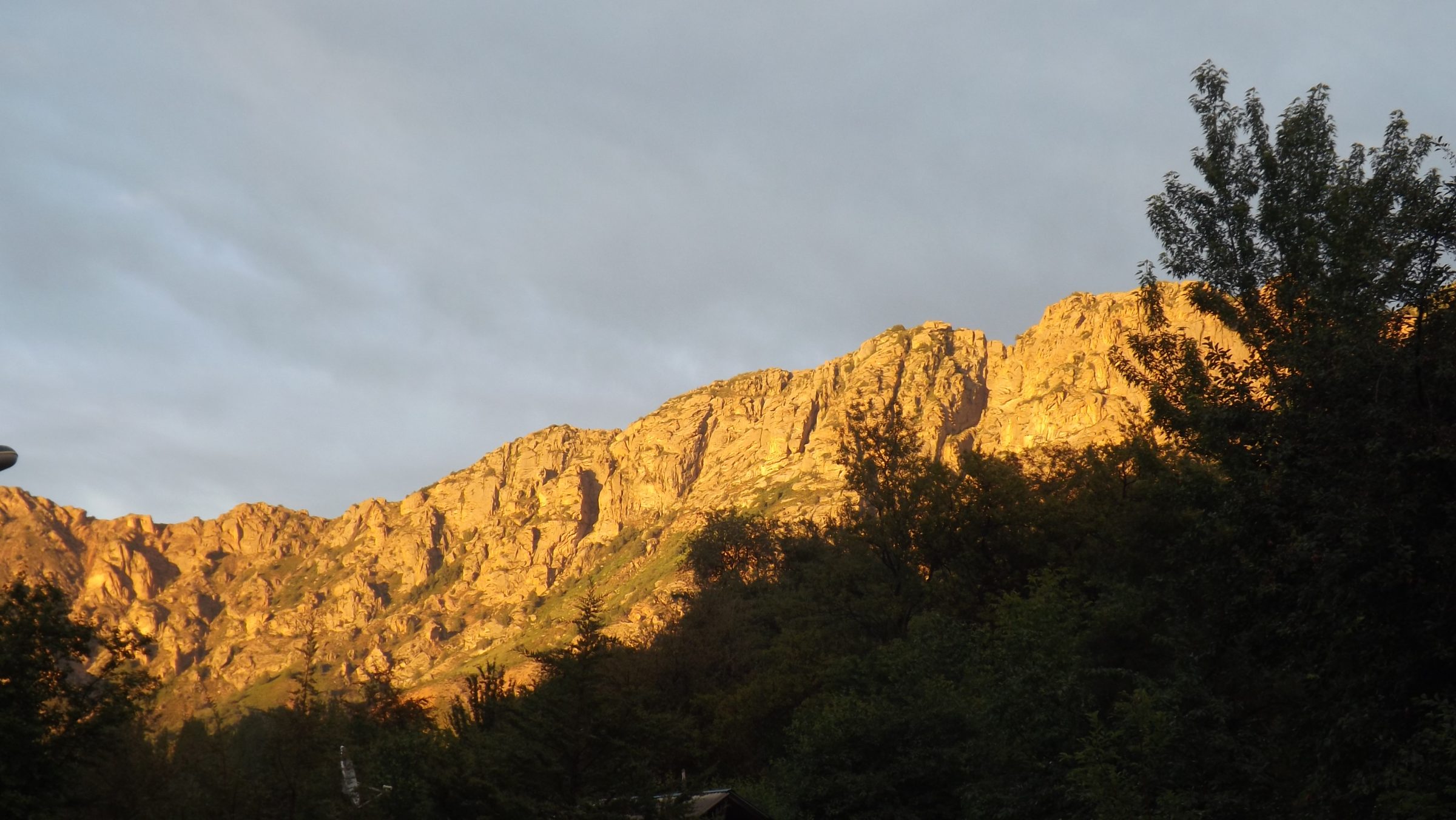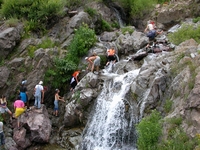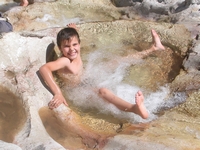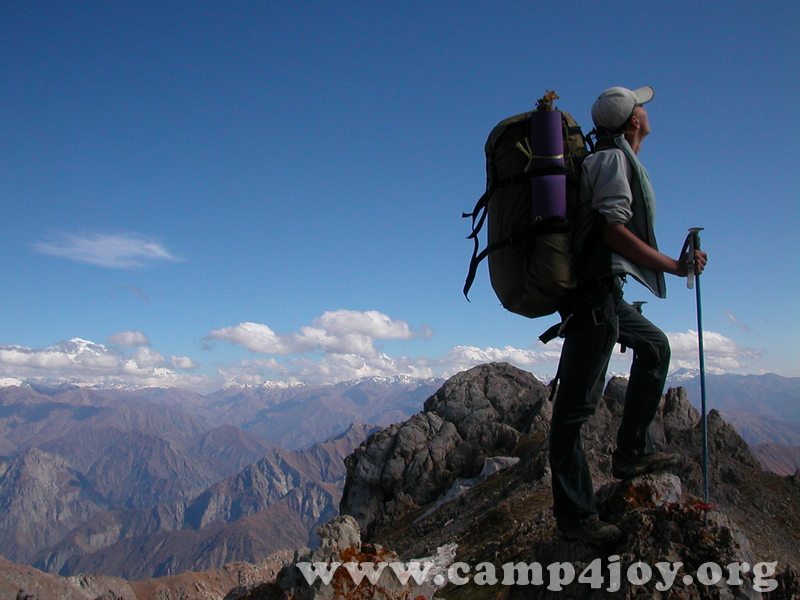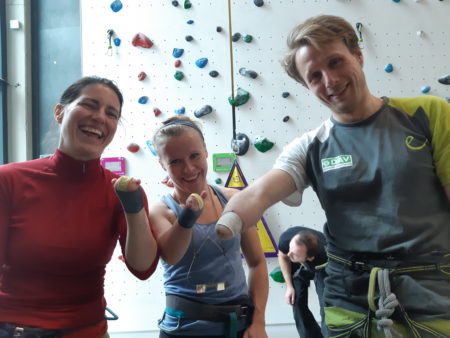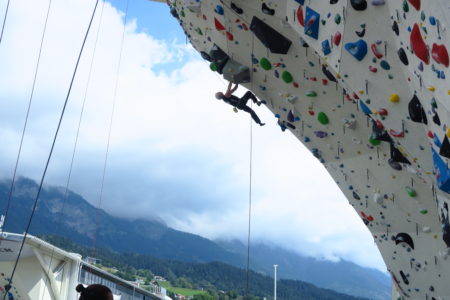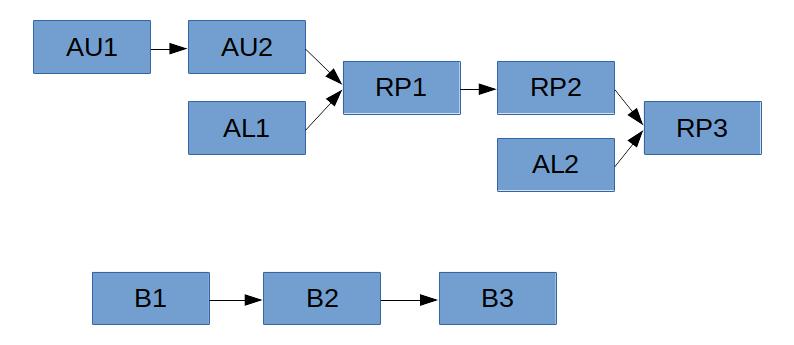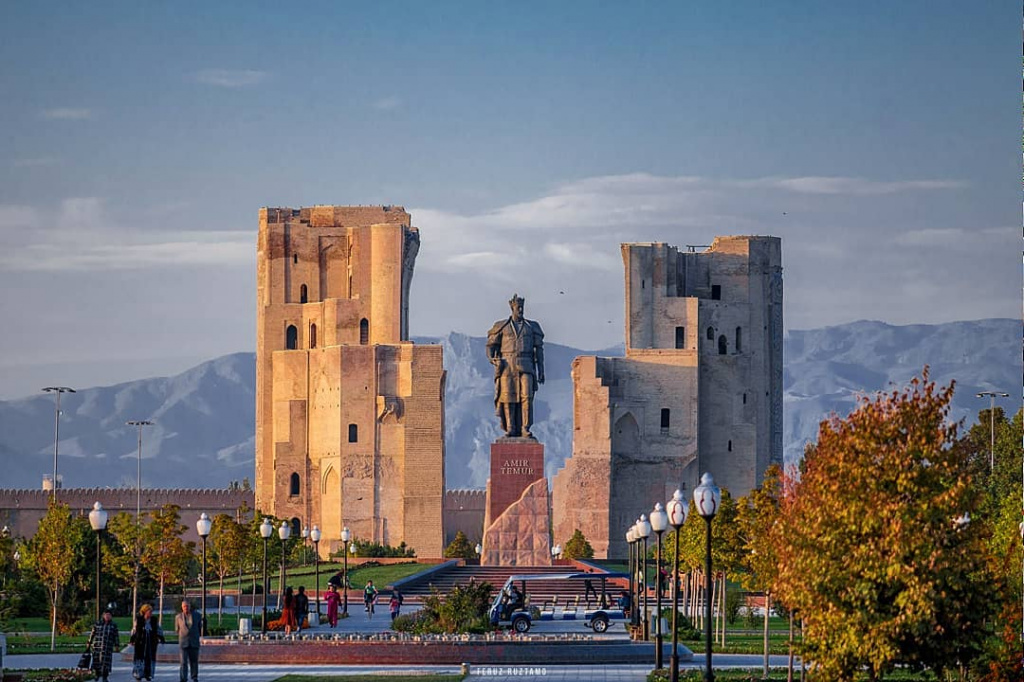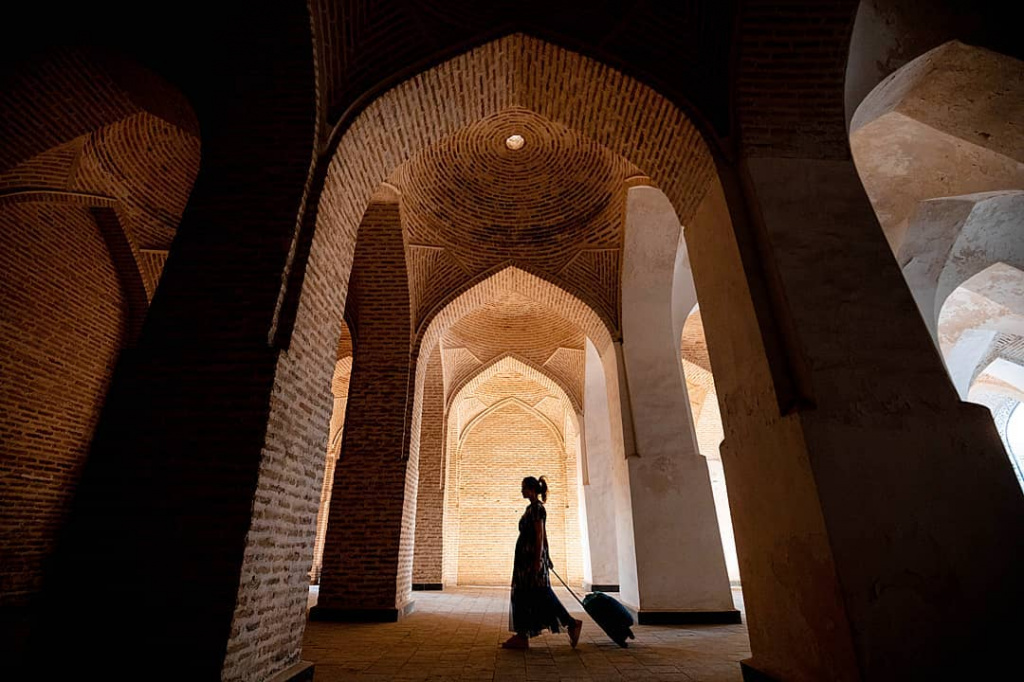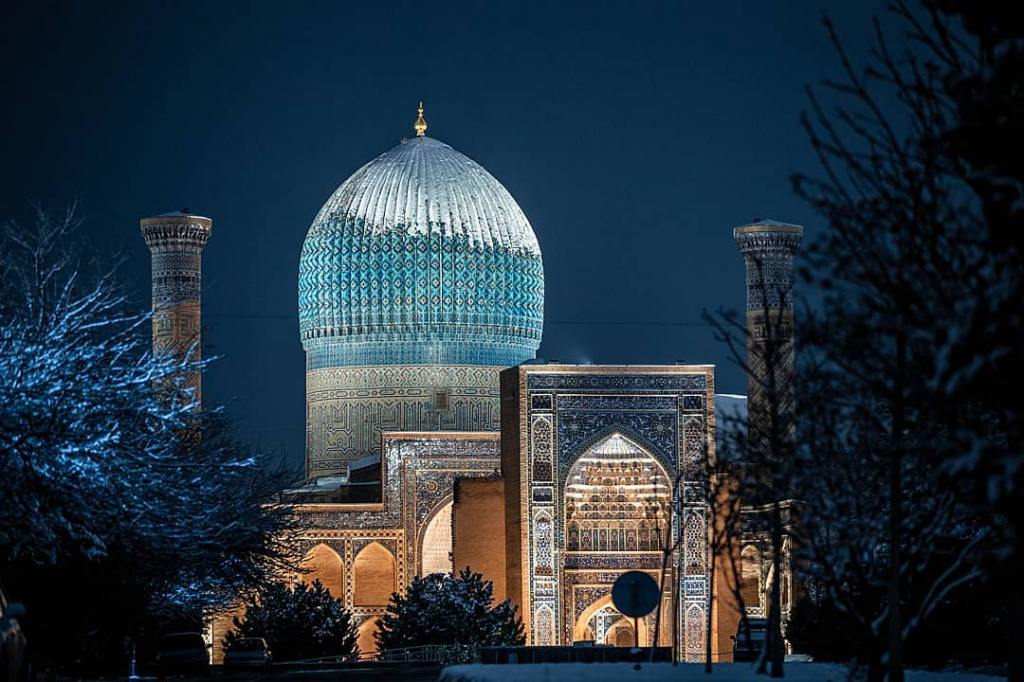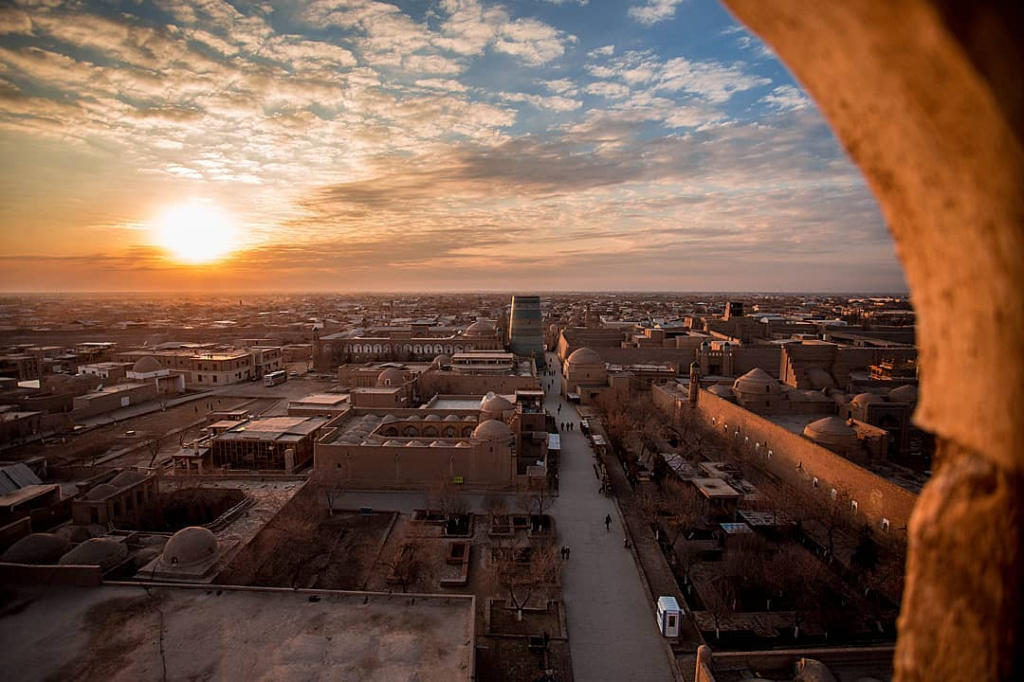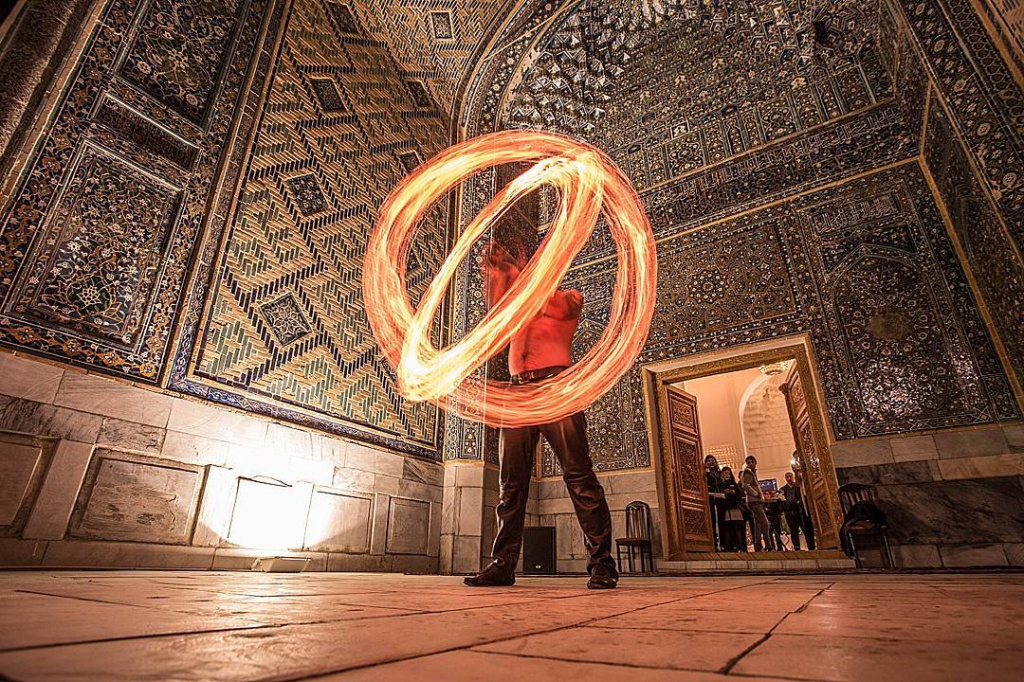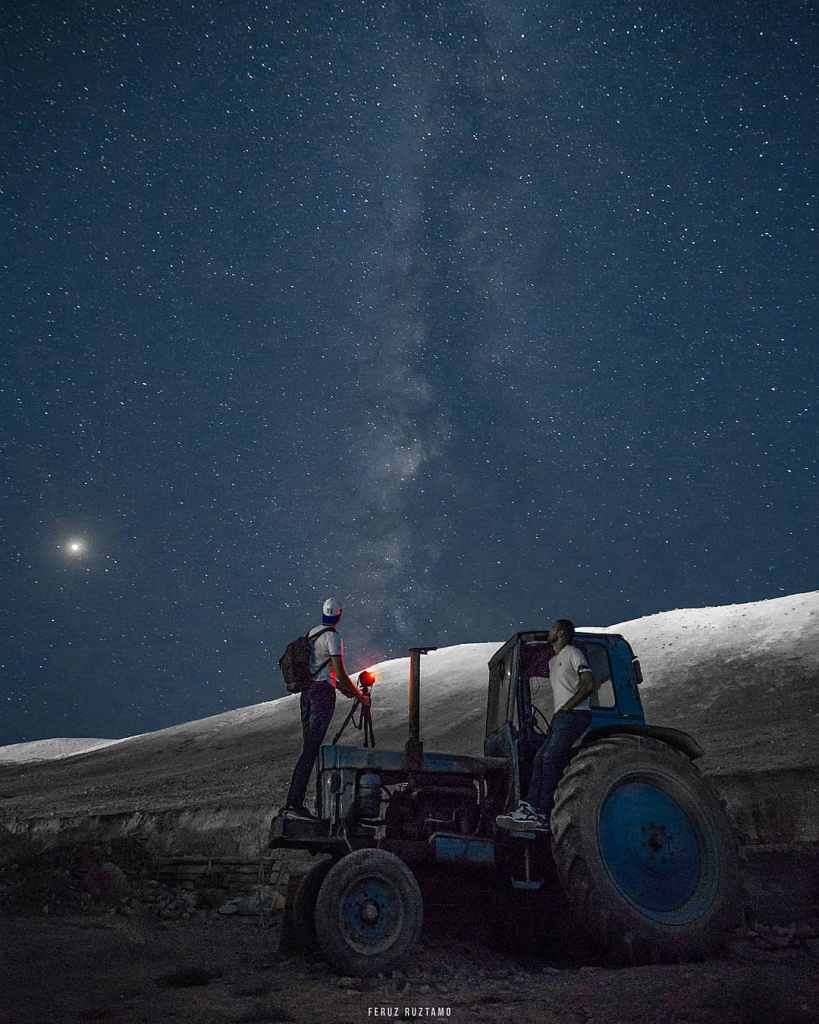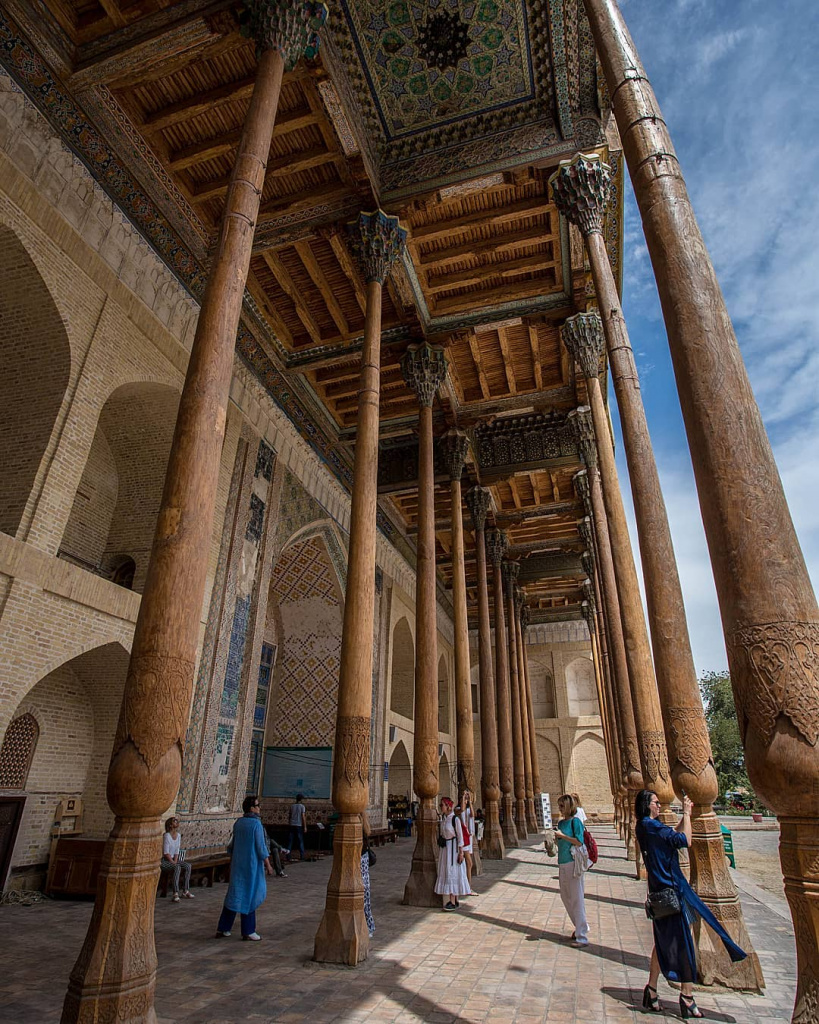Post Views: 42
Upper Mustang Trekking
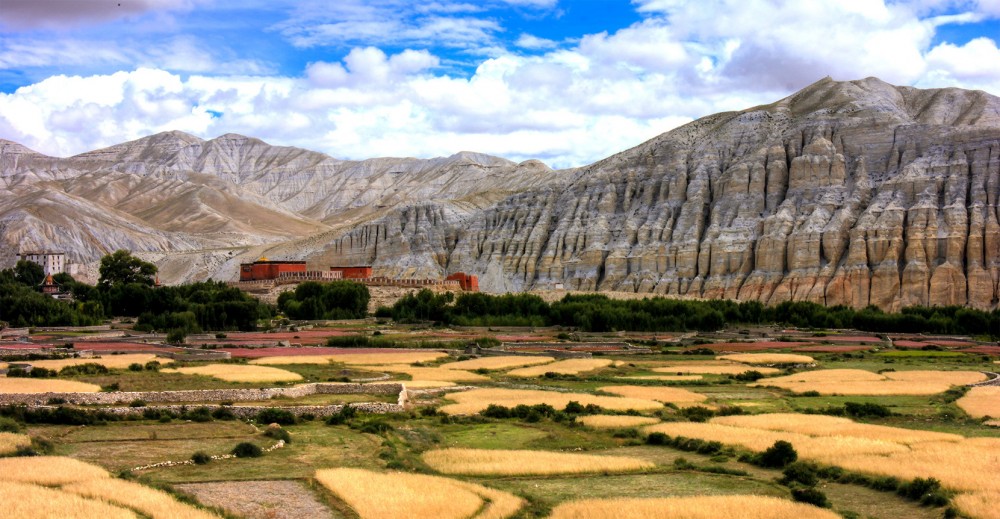
Overview
Upper mustang trek is one of the most exotic treks that introduce us to the hidden world of old Buddhist kingdom Mustang also called Lo. In the past this area used to be the part of Tibetan empire, which makes this place much similar to Tibet in both land topography and lifestyle. Tibetan Buddhism is still practiced here in very raw form.
Mustang situated in the rain shadow area of Dhaulagiri takes you in to a desolate landscape which is surrounded by rocks of bizarre formation. The presence of villages with corn fields in this landscape makes this place even more beautiful. The trail winds around the salt caravan route of old days.
The upper Mustang trek takes us to Lo Manthang. Lo Manthang is a medieval town surrounded by huge town wall and was attached into Tibet unitil 14th century. The area is restricted and requires special permit. Lo Manthang is a small kingdom which still has a King. The Palace is surrounded by gompas and houses.
Upper Mustang trek gives you once in a lifetime opportunity to experience unique arid Himalayan beauty along with unusual landscape. The landscape here is characterized by windy and arid valleys, eroded canyons and stratified rock formation. As we return we will visit the holy temple of Muktinath which is sacred to both Hindus and Buddhist.
See also >>>
Supplier of services: ClimberCA International Consortium. About Us
Telegram – https://t.me/ClimberCA
WhatsApp / Viber +7966 065-53-44
e-mail – your@climberca.com
Note: ClimberCA offers to you the best service & the firm prices of all kind of services we offer on our web-pages. Some services, which we offer to you, are truly unexampled.
Itinerary
Day 1: Kathmandu Arrival
As soon as you land on the Tribhuwan International Airport our representative will pick you and transfer to the hotel.
Day 2: Fly to Pokhara and prepare for the trek
Early in the morning we will enjoy a short airstrip from Kathmandu to Pokhara through the Himalayas. As soon as we land in Pokhara we will have our lunch. In pokhara we will do some sightseeing and prepare ourselves for the trek.
Day 3: Fly to Jomsom(2720m) and trek to Kagbeni(2810m); 3 hours
From Pokhara we will take a 22minutes airstrip between the Himalayas with the astonishing view of Dhaulagiri and Annapurna massif to Jomsom. Jomsom is the administrative hub of Mustang. After having breakfast in Jomsom we will start the trek following Kali Gandaki River to Eklebhatti and then to Kagbeni. Stay overnight in hotel in Kagbeni.
Day 4: Trek to Muktinath(3720m) and return to Kagbeni; 6 hour
We will wake up early in the morning and trek to the holy temple of Muktinath which is dedicated to lord Bishnu. In the vicinity of temple there is hot water taps which is said to be holy and wash all the sins you have made in your lifetime. After paying our homage to Muktinath we will retrace our path back to Kagbeni for overnight stay.
Day 5: Trek to Chele(3050m); 6 hours
Leaving Kagbeni behind us today we will enter the restricted area of Upper Mustang. Following Kali Gandaki river the trail goes both uphill and downhill to reach the village of Tangbe(3060m). From Tangbe the trail goes downhill through barley, wheat and buckwheat farm to Chhuksang village (2980m). We will continue the walk following Kali Gandaki River to the village of Chele.
Day 6: Trek to Syangboche(3800m); 7 hours
From Chele the trail climbs to Eklo Bhatti and then to Taklam La pass(3624m) through flat land which offers the astonishing vista of Tilicho Peak, Yakawa Kang and Damodar Danda. After crossing the pass the trail goes downhill to a small town of Samar. From Samar the trail goes uphill to a stream for another 3hours through the juniper trees to Sangboche.
Day 7: Trek to Ghemi(3520m); 3 hours
From Syangboche the trail goes uphill through few tea houses and chortens to Yamda La. Making the way through barley fields the trail climbs to Nyi Pass (13,193ft) and descends to our camping site in Ghemi which is also the third biggest town of the area.
Day 8: Trek to Tsarang(3560m); 3 hours
Starting the trek crossing Ghemi Khola the trail takes us to a plateau next to extended Mani wall. From Mani wall the trail climbs to Choya La(3870m) and then to descend to Tsarng which is situated in the amid of corn fields.
Day 9: Trek to Lo Manthang(3800m); 4 hours
From Tsarang the trail descends offering majestic vista of Nilgiri, Tilicho Peak and Annapurna I to Tsarang Chu. From here the trail steeply goes uphill through the rocky trail and enters into Tholung valley. Now the trail goes north and gradually climbs uphill to Lo pass (3850m), and then descends down cross a stream and climb to Lo Manthang. Stay overnight in Lo Manthang.
Day 10: Free day in Lo Manthang
We will take a day to explore and get an insight of mystical and isolated Lo Manthang. The places we will be visiting include Namgyal Gompa and Tinagkhar. Namgyal Gompa situated in a hilltop is also called as local court, from here we will trek to Tingkhar which is the last village in the northwest of Lo Manthang. If time permits we too can visit Tall Champa Lakhang also known as “God House”, Thugchen Gompa and Ghyodi Gompa. Stay overnight in Lo Manthang.
Day 11: Trek to Dhakmar(3820m); 6 hours
From Lo Manthang the trail climbs up a ridge to 4070m and continues to Chogo La(4325m) which is the highest point of the trek. From here the trail goes downhill and cross Tsarang river and climbs to Lo Geker and reaches to Ghar gompa. We will climb to the ridge and walk along the alpine pastures and walk downhill to Dhakmar.
Day 12: Trek to Ghiling(3570m); 6 hours
From Dhakmar the trail goes downhill through the barren landscape accompanied by mesmerizing Himalayan vista of Dhaulagiri and Nilgiri to Ghiling.
Day 13: Trek to Samar (3660m); 4 hours
From Ghiling we will trek downhill to the village of Samar.
Day 14: Trek to Jomsom(2720m); 3 hours
Trek back to Jomsom.
Day 15: Fly back to Kathmandu
Early in the morning we will catch a flight back to Pokhara and connect another flight to Kathmandu where the trip comes to an end.
Day 16: Farewell
You will be transferred to Tribhuwan International airport for your onward journey.
Price from $1625
Cost Includes
– Airport / Hotel / Airport pick up & drop by private tourist vehicle.
– Standard twin sharing accommodation in a three star hotel in Kathmandu; Breakfast included
– Standard twin sharing accommodation in two/three star hotel in Pokhara; Breakfast included.
– Guided city tour in Kathmandu by private tourist vehicle.
– All your standard Meals prepared by our expert camping cook and kitchen team during the trek (Breakfasts, Lunches and Dinners).
– Tented accommodation and equipment during the camping trek. (We will provide two man tents, dinning tents, kitchen gear, dining table, chairs, toilet tents, shower tent.)
– Local licensed English speaking guide.
– The required number of local staff, porters and mules to carry your luggage during the trek.
– Food, accommodation, salary, insurance, equipment and medicine for all staff.
– Special Trekking Permit US$ 700 per person for 10 days (the above price includes 10 days valid trekking permit from Kagbeni to Kagbeni. If you wish to stay more than 10 days in restricted area, you are subjected to extra charge for extra days (US$ 90 per day / per person).
– Annapurna conservation permit, and all necessary permits
– Surface transfer from and to Kathmandu (Tourist Bus Transfer from Ktm-Pokhara-Ktm).
– Airfare for Pokhara – Jomsom – Pokhara including airport departure tax.
– Sightseeing/Monument entrance fees in Kathmandu and Pokhara.
– Farewell dinner in typical Nepali Restaurant with cultural dance show
– All our government taxes, vat, tourist service charges.
– Official expenses.
Cost Does not Include
– Lunch and dinner whilst in Kathmandu and Pokhara.
– Travel insurance which covers emergency Rescue and Evacuation.)
– International airfare and airport departure tax Nepal entry visa; you can obtain a visa easily upon your arrival at Tribhuwan International Airport in Kathmandu. (Tourist Visa with Multiple Entries for 30 days can be obtained by paying US $ 40 or equivalent foreign currency. Similarly, Tourist Visa with Multiple Entries for 90 days can be obtained by paying US $ 100. Please bring 2 copies of passport size photos).
– Alcoholic and cold drinks.
– Personal trekking Equipment (See the trekking equipment page).
– Tips for trekking staff and driver (Tipping is expected).
– Any others expenses which are not mentioned on ‘Price Includes’ section.

